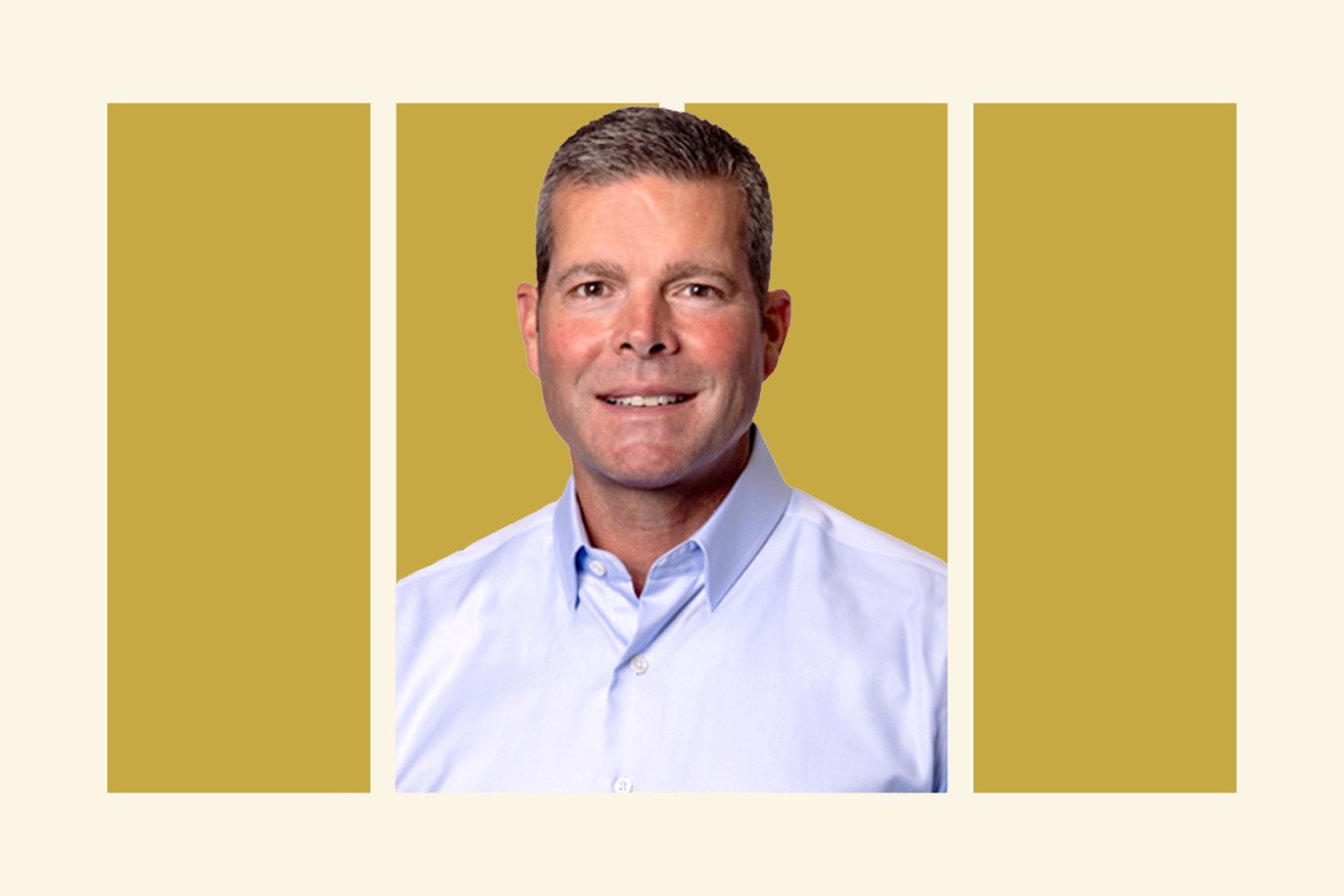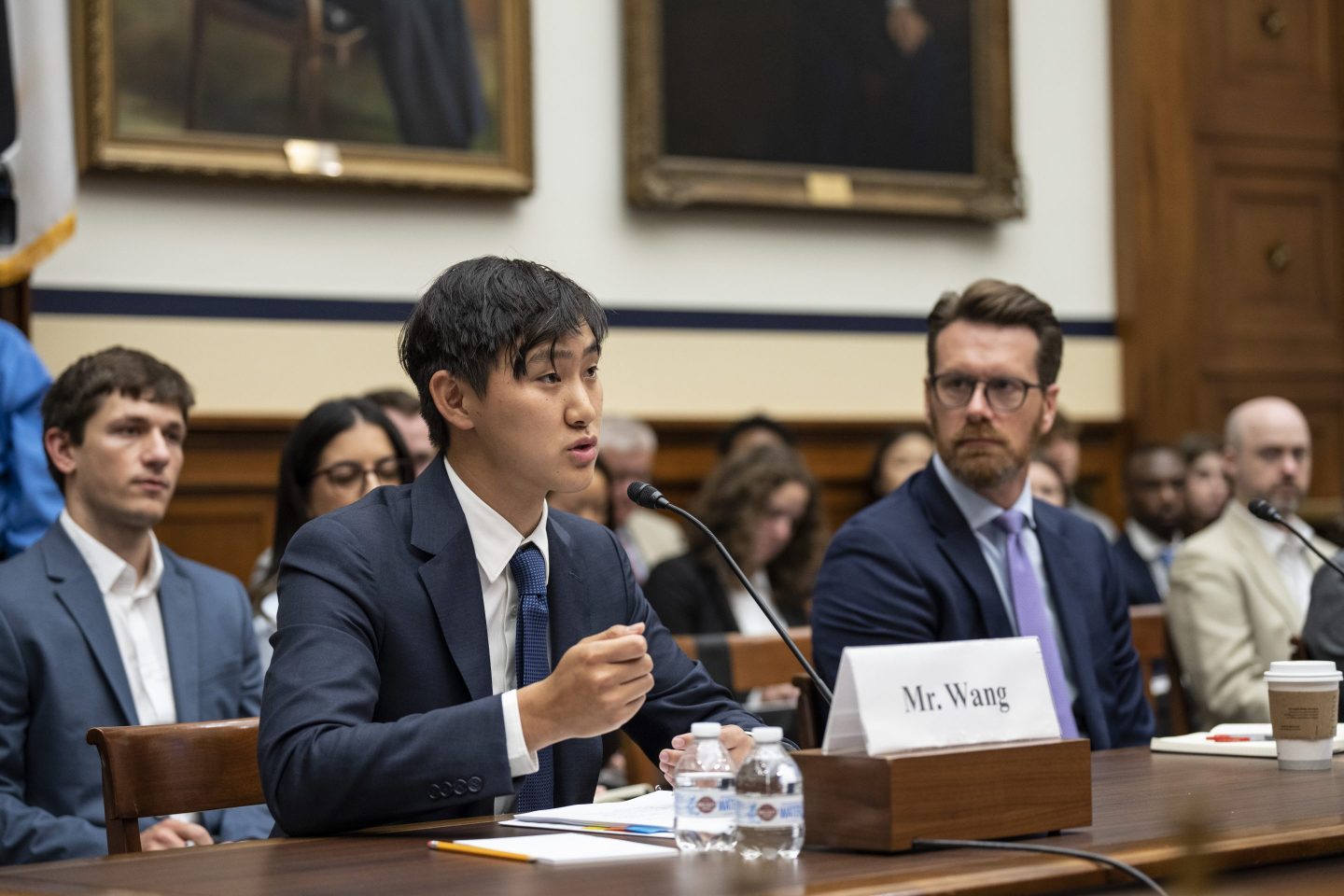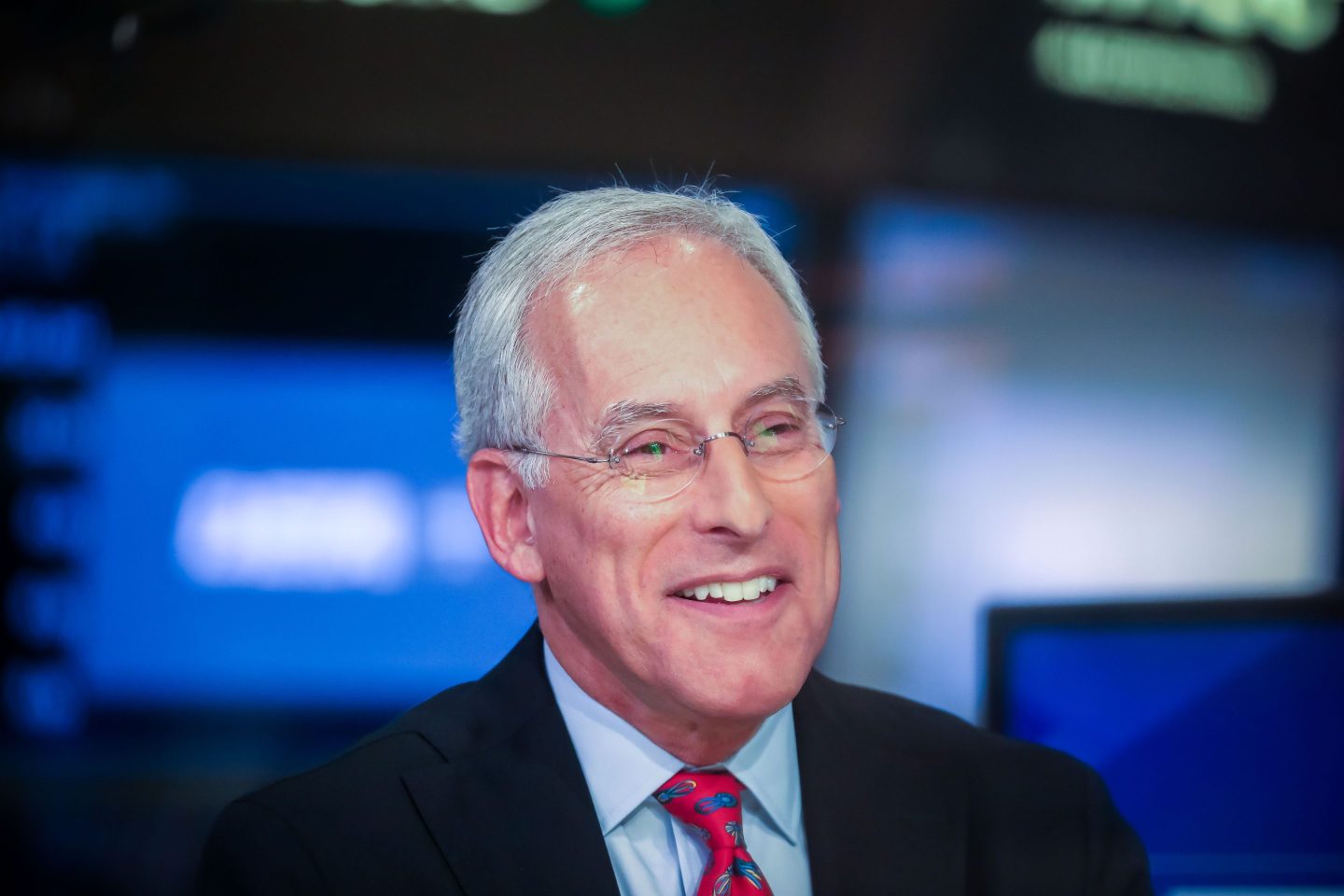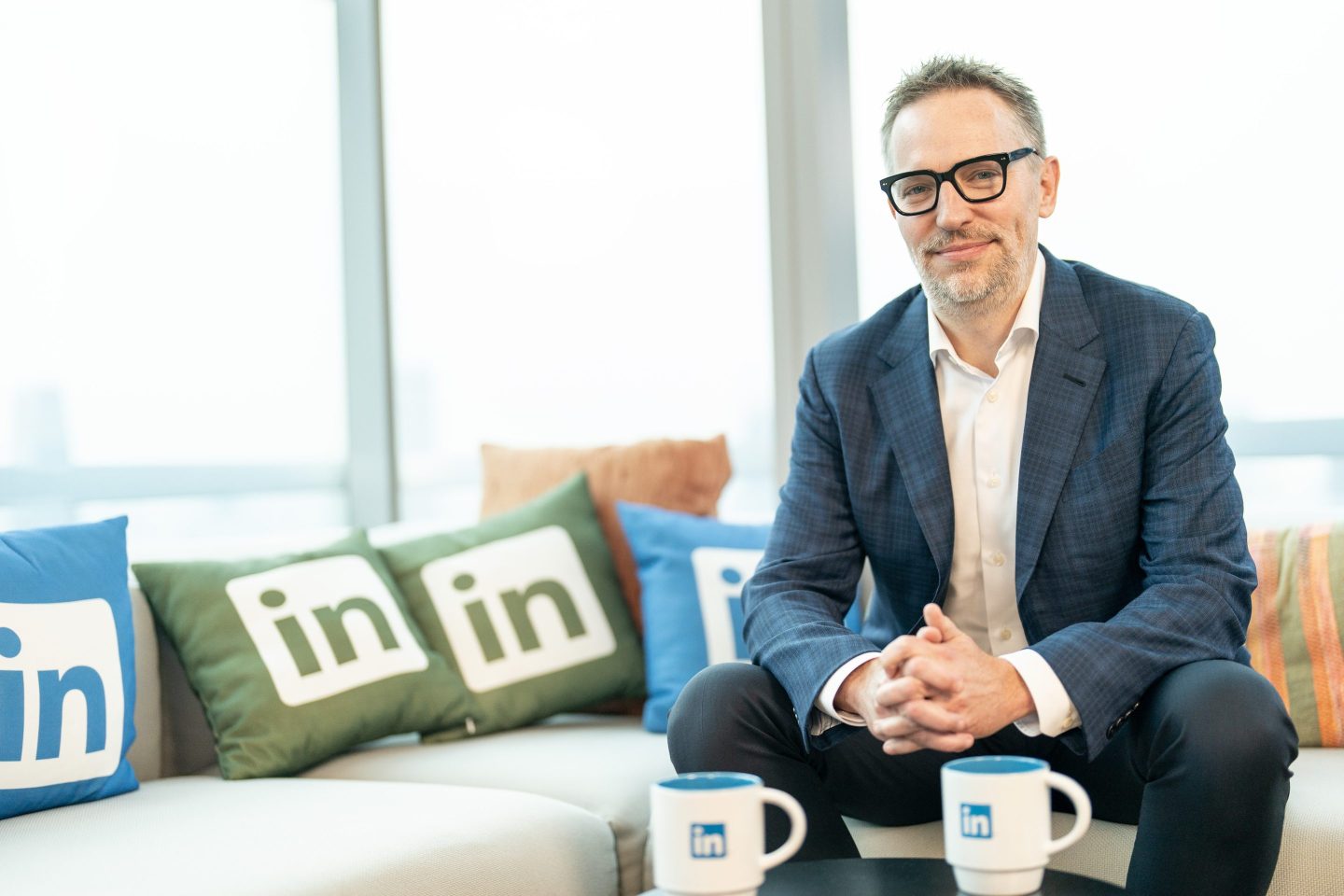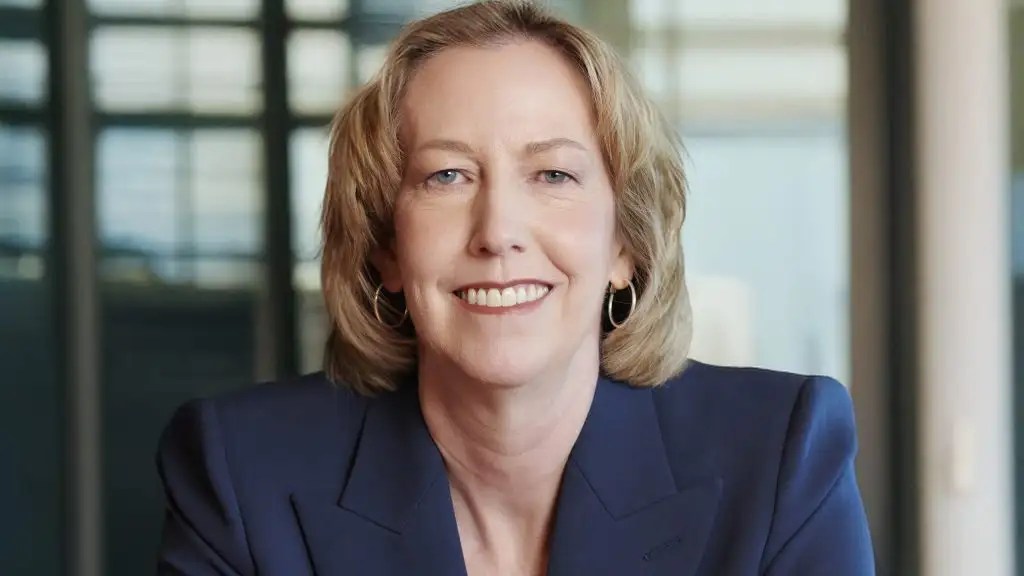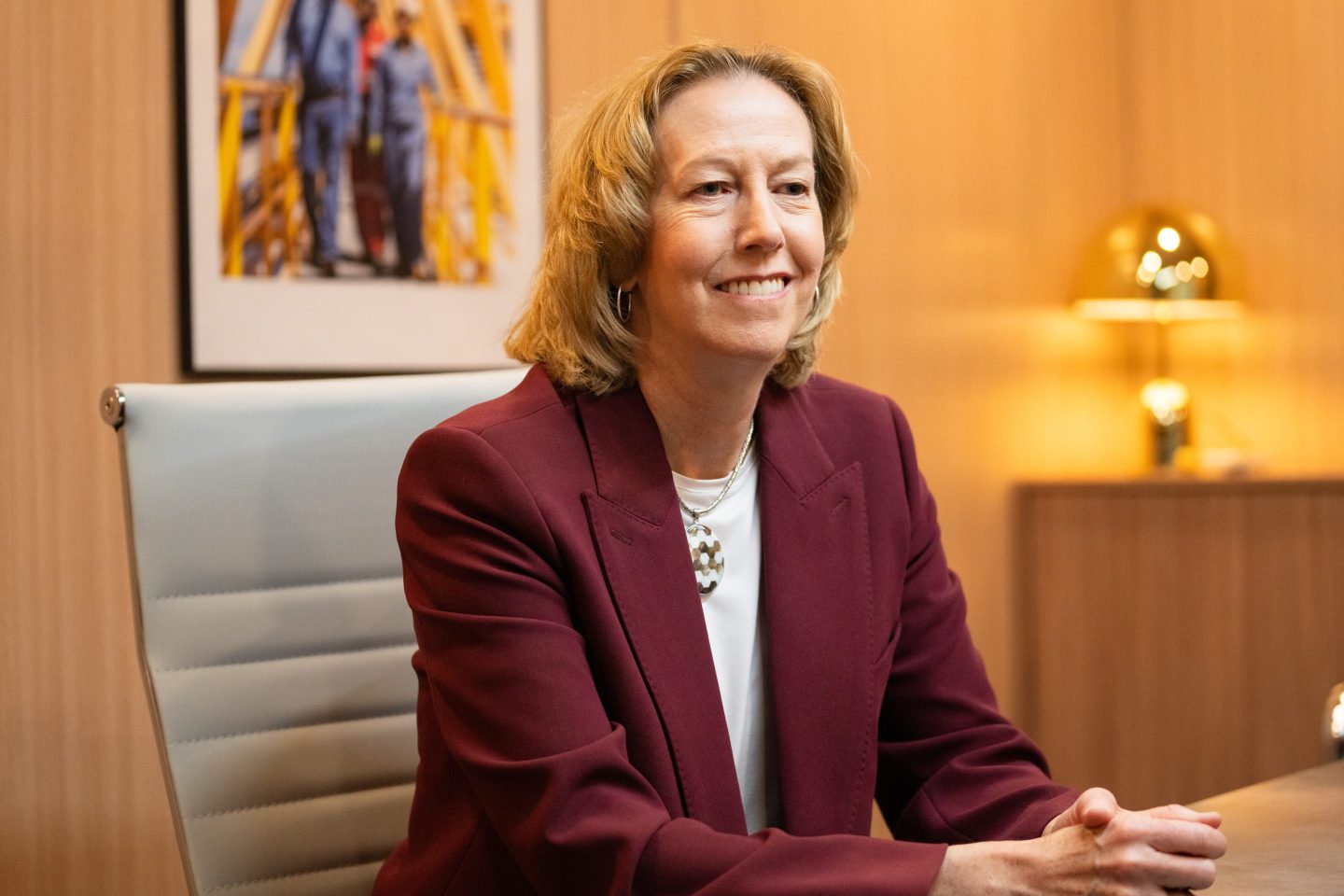Good morning.
Walmart shoppers are no longer those just looking for the best bargain. Some shoppers earn six figures and want to buy their groceries online.
“If you’re a household making more than $100,000 a year, you still value the ability to order groceries online and go pick it up to make dinner that night,” John David Rainey, executive vice president and CFO at Walmart Inc., tells me.
I sat down with Rainey to discuss the retail giant’s second-quarter earnings for its FY2024 released on Thursday, his insight on consumer spending, and how Walmart is making big strides in e-commerce.

Rainey notes that the American consumer continues to be “discerning,” and very selective. There’s been spending around some of the holidays and back-to-school shopping, he says. “But there’s clearly a shift from general merchandise to food and consumables,” Rainey explains. “Just as everything has become more expensive, they’ve had to reallocate their funds, their wallets to spend more on food.”
“We’re not expecting a whole lot of deflation in most of the categories,” he says. However, general merchandise may be the exception, he says. “We are seeing some deflation, meaning prices are lower year over year across the board, and it’s more acute in categories like barbecue grills.”
E-commerce gains
This year, Walmart tops the Fortune 500 for the 11th year in a row. For the quarter, total revenue grew by 5.7% to $161.6 billion, and operation income grew 6.7%. Walmart beat Wall Street’s expectations for profits and sales. And e-commerce sales increased 24%.
The online pickup and delivery service is “one of the parts of e-commerce that is a little more unique to our business,” Rainey says. Customers can buy groceries online and pick them up curbside, which accelerated during the pandemic. But Walmart shoppers are still keen on this option.
“This is probably the single largest component of this growth in the quarter,” Rainey says. “That particular part of e-commerce has grown at a 50% compounded annual rate over the last three years.”
Amid inflationary pressure and rising prices in the U.S., high-income consumers have been shopping at Walmart. How will the company work to retain these customers, and even make them loyal shoppers?
“The actual in-store experience is changing,” Rainey explains. Walmart is beginning to remodel some of its stores, and creating new ambiance. “From the music that’s playing in the apparel section, the store layout, and even higher quality brand of apparel, it has the look and feel of a very different Walmart,” he says.
Walmart is known for its bargain prices, but “our customers are telling us that they value us now as much for convenience as our low prices,” Rainey says. “And while low prices may matter more to someone that is in a lower income bracket, convenience matters to everyone regardless of what level of income that you have.”
It’s e-commerce that makes Walmart different from what it was 10 or even five years ago, Rainey says. “One could argue that we were later to the party on this,” he says. “Brick and mortar has been our business for much of our history, but we’re evolving into an omnichannel retailer right now.”
In the U.S., Walmart has stores and clubs within 10 miles of approximately 90% of the population, Rainey says. “Fifty percent of the items that we sell online right now are fulfilled out of one of our stores,” he says. It’s convenient for the customer, but “also good for us because the most expensive part of delivery in e-commerce is the last mile,” he explains. “We’re able to reduce the amount of mileage that we have to travel.”
Predicting consumer demand
How does Rainey envision Walmart five years from now? Having the ability to forecast customer demand, he says. For example, if a Walmart customer lives in New York and buys a supply of cat food once a month, the company will be better able to predict and be prepared for that demand, he says. And that will require the use of advanced technology.
“We talk a lot about the supply chain automation that we have in our stores, in our fulfillment centers, but that’s hardware,” Rainey explains. “There’s a very important software part of that too that takes into account predicting demand, using machine learning and A.I. Technology is one of the biggest investments that we have been making.” As an omnichannel retailer, more intelligent software and automation will improve in-stock inventory accuracy and flow whether customers shop in stores, pickup, or have a delivery, according to Walmart.
Rainey joined Walmart as CFO in May 2022. He enjoys the variety of work. “We do a lot of things,” Rainey says. “We’re in e-commerce, we’re in brick and mortar, but we’re also in financial services and also in healthcare. For a CFO it’s like running a bunch of different companies in different industries, and doing it at scale.”
Have a good weekend.
Sheryl Estrada
sheryl.estrada@fortune.com
Big deal
"What Americans Know About AI, Cybersecurity and Big Tech," a new report by Pew Research Center, finds Americans’ understanding of digital topics varies depending on the subject. For example, the majority of U.S. adults surveyed know what cookies on websites do and can identify a secure password (87%). But fewer (48%) can recognize an example of two-factor authentication—a cybersecurity practice that makes signing into online accounts more secure, according to Pew.
Meanwhile, 80% of respondents know Elon Musk was running Tesla and Twitter (now known as X) in April 2023, but just 32% understand the technology behind ChatGPT. Americans answered a median of five out of nine questions correctly on a digital knowledge survey that Pew Research Center conducted among 5,101 U.S. adults.

Going deeper
Here are a few Fortune weekend reads:
"SoftBank-backed Better, which plans to go public next week, shrunk its staff by 91% in 18 months, and reported $880M in net losses last year" by Jessica Mathews
"As Goldman Sachs looks to sell its GreenSky lending unit, Apollo and a group led by Sixth Street emerge as leading bidders " by Luisa Beltran
"‘Richcession’ hits as 3.5 million millionaires lost their status last year—while the average person saw wealth spike" by Chloe Taylor
"Are blue light glasses really worth it? A new analysis says they may not impact fatigue, eye strain, or sleep" by Alexa Mikhail
Leaderboard
Some notable moves this week:
Paul Carbone was named CFO at Panera Brands Inc., which includes fast-casual and hospitality brand Panera Bread as well as Caribou Coffee and Einstein Bros. Brands, effective Aug. 15. Carbone, a long-time industry executive, spent nine years at Dunkin’ Brands where he was CFO from 2012–2017. Carbone also has been the CFO of YETI Holdings, Inc., and SharkNinja.
Vandana Sriram was named CFO at Quanterix Corporation (Nasdaq: QTRX), a biomarker detection provider, effective Aug. 21. Sriram replaces Michael Doyle, who has served as the company’s CFO since July 2021. Doyle will transition to the role of executive director of finance, until his retirement in March 2024. Most recently, Sriram served as SVP of global finance at Azenta Life Sciences. Before that, she served as senior executive and head of FP&A for GE Aviation.
Antonio Martino, CFO at Silvergate Capital Corporation, will leave his role on Sept. 30, according to a regulatory filing. The president and CEO Alan J. Lane and chief legal officer John M. Bonino will also depart from their positions. The central lender for businesses in fintech and cryptocurrency announced in March it was winding down operations and voluntarily liquidating Silvergate Bank.
Leo Basola was named CFO at Spire Global, Inc. (NYSE: SPIR), a provider of space-based data, analytics, and space services. Basola is replacing Thomas Krywe. Basola joins Spire after serving as senior finance officer of Equifax International for more than four years. Before that, he was CFO at ChemTreat, a Danaher Operating Company, for five years. Basola also spent 16 years at General Electric and Genworth Financial (GE’s Insurance spinoff).
Gülsen Kama was named CFO at Bionano Genomics, Inc. (Nasdaq: BNGO), effective Sept. 11. Christopher Stewart, who held the position of CFO since September 2020, will stay on during the transition and then move into an advisory role. Kama was most recently CFO at Northern Data AG. Before that, she was CFO of the East Region and Healthcare IT at Quest Diagnostics. Kama previously held senior leadership roles in finance at organizations, including FedEx, United Airlines, A&P, and AIG.
Overheard
“Millennials have never fully been able to participate in the housing market as their prior generations have, but the large millennial generation has been—and continues to be—ready to build their families. Millennials, however, have come of age over the course of troubling economic times."
—Julia Wasserman, chief operations officer of equity investment platform Home Construction Collective, tells Fortune. Millennials haven’t yet caught up to baby boomers and Gen X, but they have gained home value because they’re in their prime home-buying years.
This is the web version of CFO Daily, a newsletter on the trends and individuals shaping corporate finance. Sign up to get CFO Daily delivered free to your inbox.
